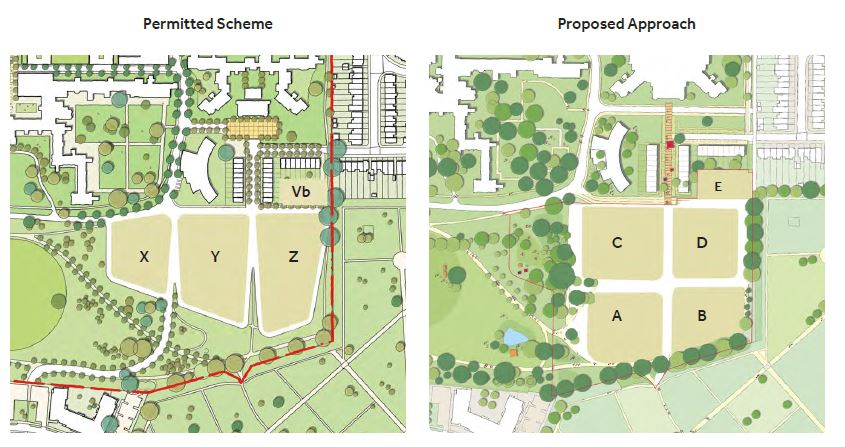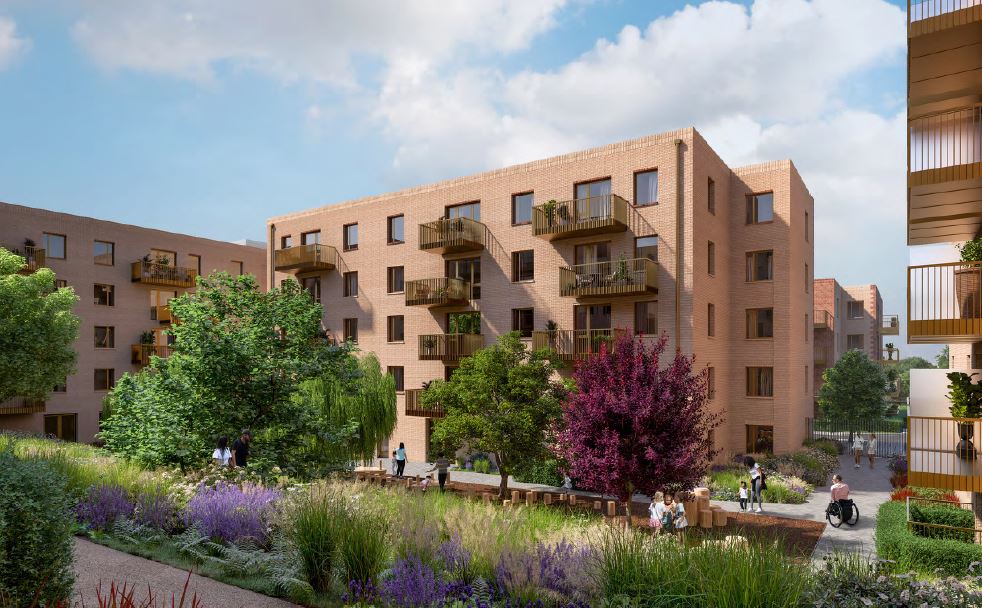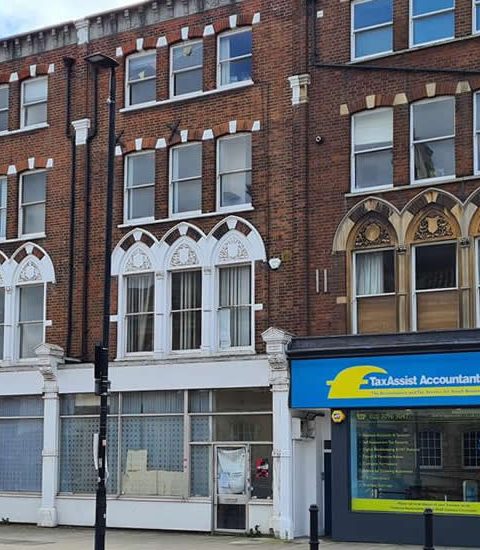On Tuesday 8 October, Jules Pipe, London’s deputy mayor for planning, decided to overrule Wandsworth Council decision and grant permission for 449 new homes to be built at Tooting’s Springfield Village development, in addition to the 839 already being constructed.
In the 81-page report prepared by the GLA officers, it said that any harm caused would not be “substantial”, and was outweighed by the fact that the homes would make “a substantial and positive contribution” to local and London-wide housing targets.
Last spring, Wandsworth Planning Application Committee voted to reject the plans for an extension of the development on the Springfield site.
The applicant’s initial statement acknowledged that “the proposal would be regarded as inappropriate development and would not meet any of the exceptions [to gain authorization].” However, they later found a way to circumvent those considerations by asserting that “the whole of the site should be considered as previously developed land” (PDL) due to some areas of MOL within the site having previously received authorization for development.
Springfield Hospital is a psychiatric hospital in Tooting, South London, and also serves as the headquarters of the South West London and St George’s Mental Health NHS Trust. The site has been subject to applications for almost 15 years, and permission to build 839 residential units was granted on appeal in 2012. This decision was made by a planning inspector after 1,200 units were considered overdevelopment and rejected by Wandsworth Council in 2009 (planning application no. 2008/4452).
The new proposal (planning application 2022/5288) by Barratt London seeks to redesign the southern end of the hospital estate. This redesign will increase density and building heights beyond the previously approved plans, adding 449 units to reach a total of 1,288 – notably similar to the 1,200 units originally rejected in 2009.

The original 2012 plan was denied for reasons of overdevelopment, encroachment on open land, and transport issues.
Twelve years later, while the initial considerations for refusal still prevail, the developers decided to give another go with their initial scheme, this time arguing that the land was not ‘so protected’ and that the transport issue was ‘manageable’.
- Read our full report: Springfield Hospital: A fascinating debate leading to a refusal
When Wandsworth refused to grant the desired planning application, the developers said:
“This refusal has unnecessarily delayed private and affordable housing; and infrastructure delivery, rendering the wider Springfield Park development incomplete for the foreseeable future, and most importantly, will have a severe impact on mental health provision within South West London. We are working closely with STEP and the NHS Trust to consider our options, including appealing this decision.”
When the developers spoke of “considering options,” one possibility might have been that they were anticipating the Mayor’s potential intervention. Their approach could suggest they believed London’s housing crisis would provide compelling grounds for the Mayor’s office to consider overruling local planning restrictions. If this was indeed their strategy, it appears to have worked in their favour – the Greater London Authority (GLA) called in the application in May 2024, and by October had reversed Wandsworth Council’s decision.
During the public meeting, the Mayor of London priorities for housing delivery was used as the reason to bypass the Council’s decision. Mr Pipe said:
“We should all be aware of the urgent need to deliver more homes, and particularly affordable homes, if we’re to tackle the housing crisis and boost economic growth. The new Government has made achieving its manifesto commitment of 1.5 million new homes a top priority and has set London the challenge of delivering more than 80,000 homes per year.”
The new Housing Secretary ditches the London plan review ordered by the previous government
At the very end of September, Angela Rayner, Deputy Prime Minister and Secretary of State for Housing, sent a letter to the Mayor of London Sadiq Khan, insisting that she believes that the new target of building more than 80,000 new dwelling a year in London is “an ambitious but deliverable figure for London“. This is more than double the current target of 37,000 per year. She wrote:
“I appreciate fully the scale and breadth of the housing delivery challenge in London, and I recognise that the city faces unique issues, but the government does expect London to take steps to boost its output.”
In order to justify granting the Springfield’s planning permission, Pipe paraphrased Rayner’s instructions to Sadiq Khan, stating :
“Throughout his tenure, the mayor has been committed to delivering new homes for London. While we face unique issues in the capital, and the Government recognises the scale and depth of our housing delivering challenge, it still expects London to take steps to boost its output.”
While the Housing Secretary affirmed that it was a “deliverable figure for London“, she has also ditched the GLA obligation to complete a partial review of the London Plan by 30 September 2024. In March 2024, Michael Gove, the previous Secretary of State, ordered Sadiq Khan to conduct a partial review of the London Plan by September 30, 2024. This review focused on two specific areas:
- Industrial land: Gove identified 736 hectares of industrial land in London that could potentially be used for housing development.
- Opportunity areas: The review was to ensure that 47 areas identified as having the potential to deliver at least 2,500 new homes each were sufficiently targeted.
Gove was claiming that a lack of flexibility in the policy was preventing new homes to be built in the capital. The new target of 81,000 new homes a year is lower than the previous figure of 100,000, but still much higher than what London managed to achieve in the previous years with 35,000 built last year compared to 53,000 accounted for in the London Plan.
Rayner criticised the previous method of calculating housing needs, a blanket 35% uplift for all London boroughs, as unrealistic and wishing to concentrate on areas where numbers can be delivered.
It is likely possible that a new review of the London Plan would have demonstrated the difficulty or even impossibility to achieve the government’s commitment on housing within the current national planning guidelines.
However, Angela Rayner has also announced her will to introduce changes “to the National Planning Policy Framework and other changes to the planning system, including proposals to optimise density by providing increased certainty in relation to brownfield development and to release low-quality grey belt sites through Green Belt reviews.” In simple words, it means more flexibility for building on the protected Green Belt (and by extension on the Metropolitan Open Land such as Wimbledon park or Springfield site) and increase density on brownfield sites (i.e. previously developed land that is currently unused or derelict but has potential for redevelopment)
The same reasoning could easily be applied to crush local planning rules and allow any proposal to be built if land is available, disregarding the local objectives in order to favour the global goal.

















